It’s Saturn’s turn.

The JWST is aiming its powerful, gold-coated, segmented beryllium mirror at our Solar System’s second-largest, and perhaps most striking, planet. So far, we’ve only got a sneak preview of the raw images without any processing or scientific commentary.
We’re accustomed to gorgeous images of Saturn from the Hubble Space Telescope, especially as part of its OPAL (Outer Planets Atmospheres Legacy) observing program. Those images are not only scientifically rich, they’re also eye candy for the rest of us. But that’s not what these new Saturn images from the JWST are about.
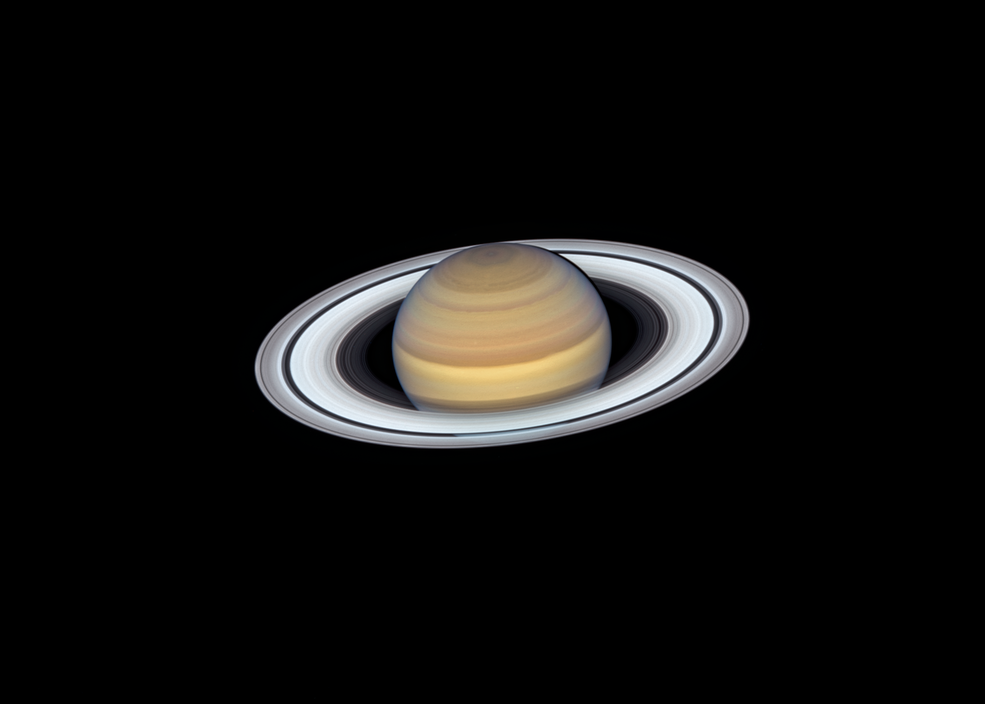
This Hubble Space Telescope image captures exquisite details of Saturn and its ring system. It’s from 2019 and is part of the Outer Planets Atmospheres Legacy (OPAL) project. Image Credits: NASA, ESA, A. Simon (GSFC), M.H. Wong (University of California, Berkeley) and the OPAL Team
These images are from a proposal that’s testing the JWST’s NIRCAM instrument and its ability to detect faint moons around bright planets like Saturn. Saturn has a confirmed 146 moons, not counting the thousands of moonlets embedded in its rings. But there may be other identifiable moons hidden beyond the reach of our previous technology. The JWST could find them.
Not only that but finding faint moons around Saturn will help find faint moons around other planets, even in other solar systems. “Deep spectra of selected small moons of Saturn (Epimetheus, Pandora, Pallene, and Telesto) with NIRSpec IFU will test the capacity of JWST to take deep spectra of faint targets near bright planets, which will be useful for ERS (Early Release Science) and GO (General Observers) of other planetary systems,” the proposal description explains.

Ouch! My eyes! This one is in need of some processing, but it’s obviously Saturn. What else looks like this? Image Credit: Image Credit: NASA/CSA/ESA/STScI
These images are a peek behind the curtain of polished press releases and processed images—and scientific commentary. But they’re fascinating in their own way. For one thing, it shows how much work goes into turning raw images and data into something relatable.
Remember the ‘Cosmic Cliffs’ JWST image from last summer? It was a combination of images captured with the telescope’s MIRI and NIRCAM instruments with different filters.
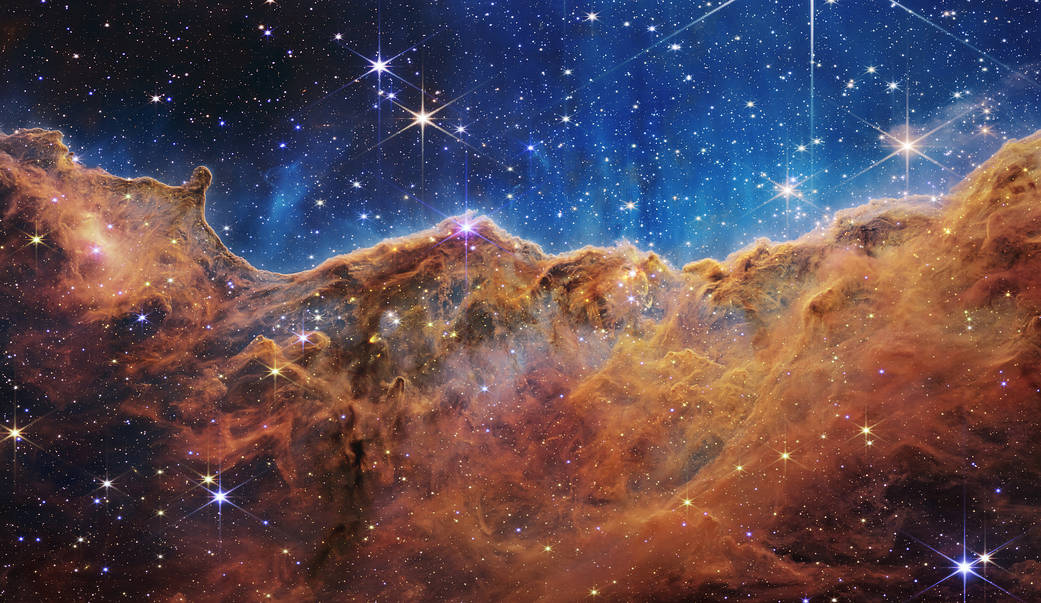
But the raw images looked much different. Here’s one of them.
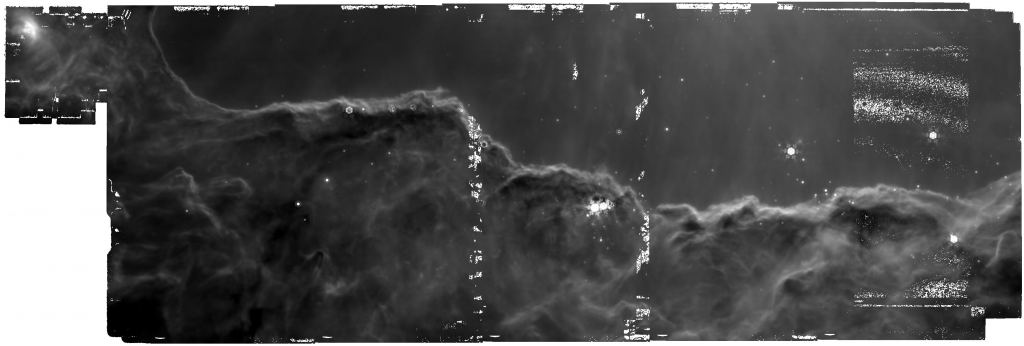
Here’s another one, and this one looks more like what we’re accustomed to seeing in press releases and on websites.
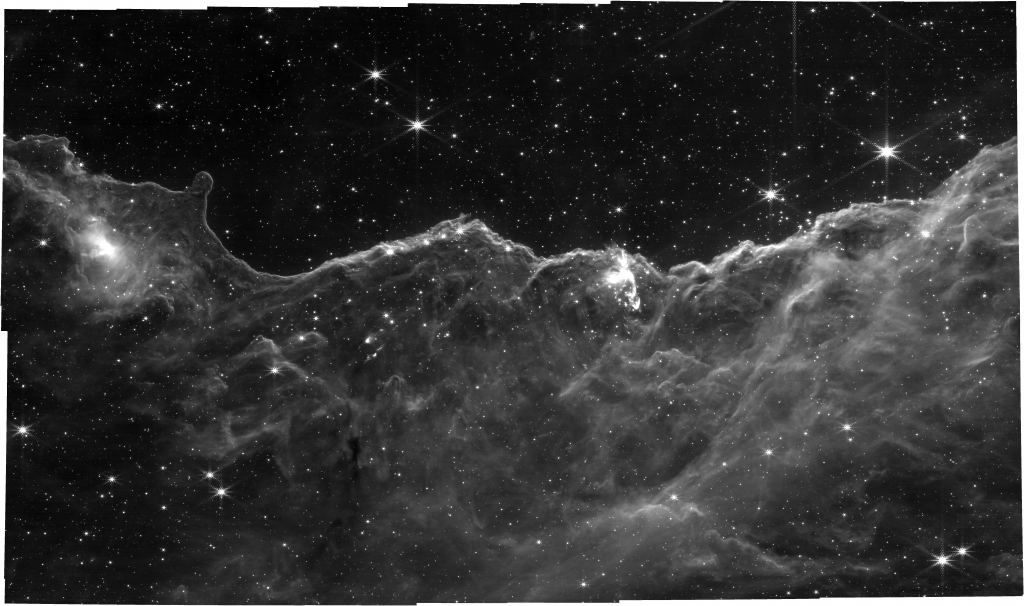
If the JWST’s images of Jupiter from a year ago are any indication, then once these raw images are processed, we’re in for a spellbinding display. JWST showed us Jupiter as we’ve never seen it before, and the images were stunning, something we’re beginning to expect from the telescope.
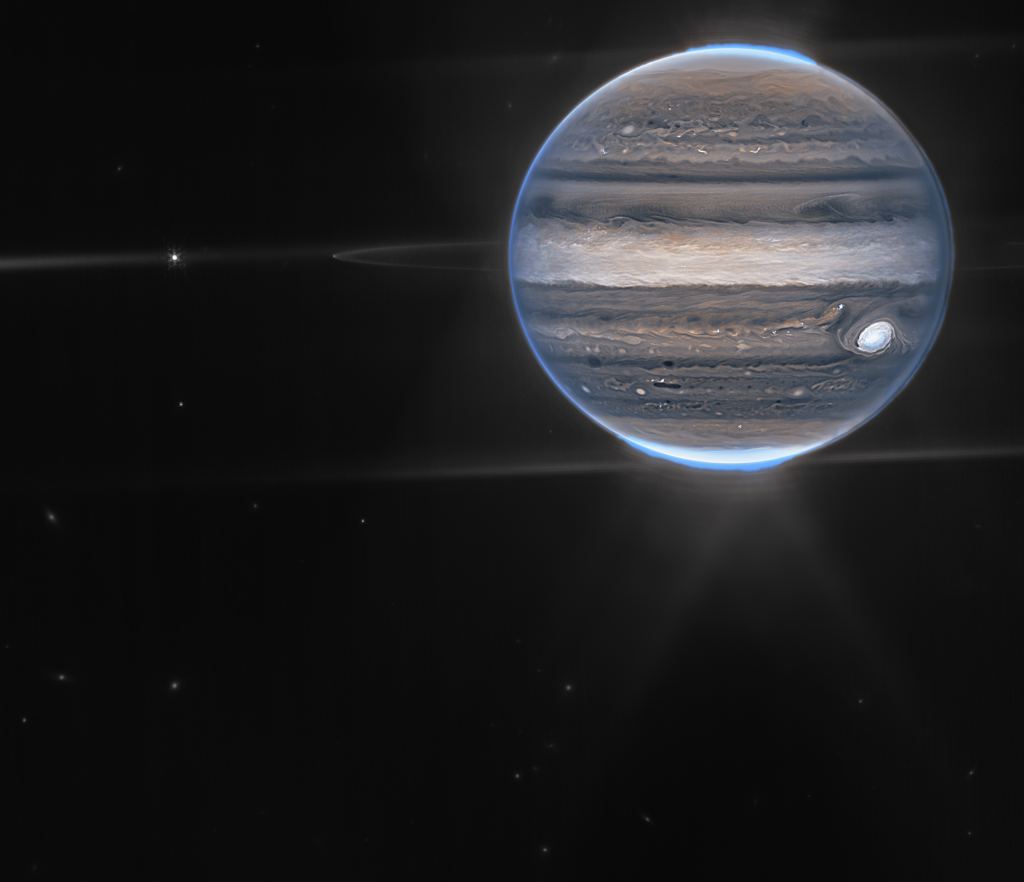
There is a cadre of excellent astronomical image processors, including Judy Schmidt (aka Geckzilla), Kevin Gill, and others, who will no doubt bring these images of Saturn to life with their artistry. Who knows? Maybe they’ve already got their hands on them and are busy preparing them for us.
Stay tuned.
The image shows some of Saturn’s many moons, including the potentially habitable Enceladus with its subsurface ocean. The rings are stunning in this image, and Webb captured deeper exposures that show even more detail, but they’re not available yet. The rings are made up of tiny grains of dust and ice crystals, all the way up to chunks of rock the size of Earthly mountains, though most of the material is ice. Despite many years of imaging and study, their formation history is still unclear.
Astronomers pointed the JWST at Enceladus recently, finding a plume of material that feeds the E ring. It reaches almost 10,000 km into space and is made of water.
The poles in the image show seasonal differences. It’s currently summertime at the north pole, while the south pole is emerging from winter darkness. The patchy structures in the north are similar to structures the JWST already observed on Jupiter. They could be caused by large gravity waves in the stratosphere’s aerosols.
